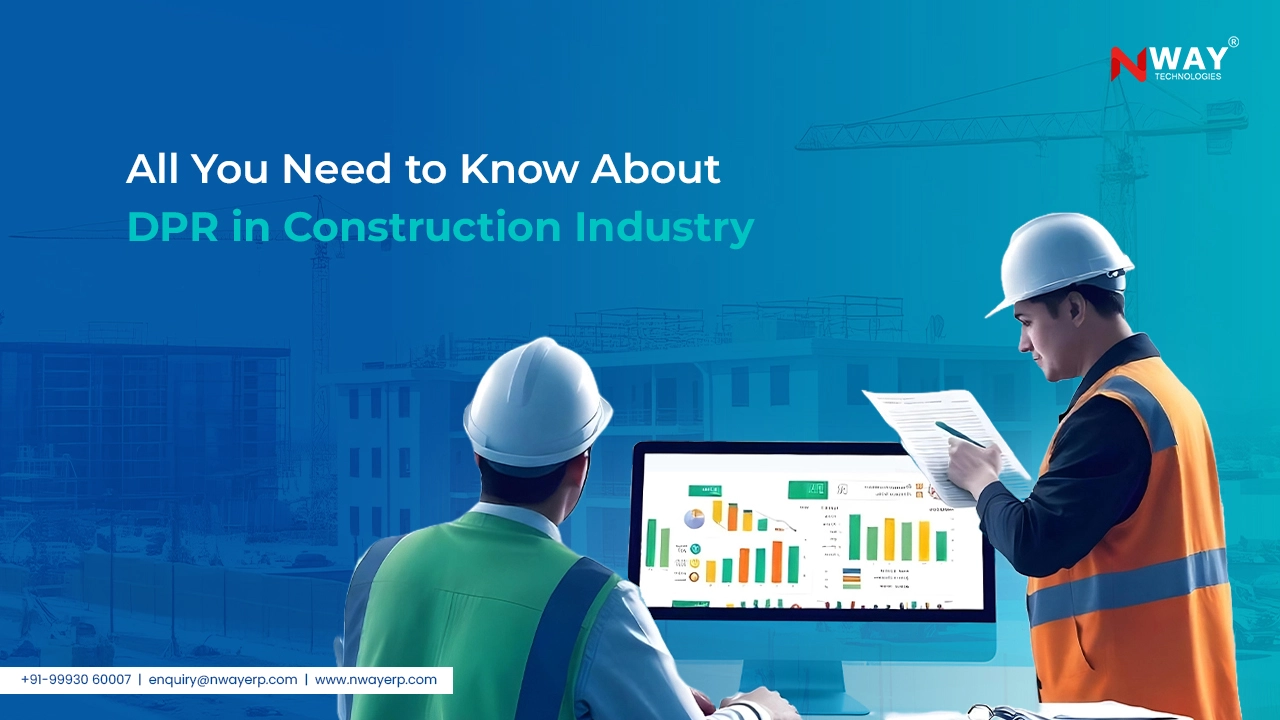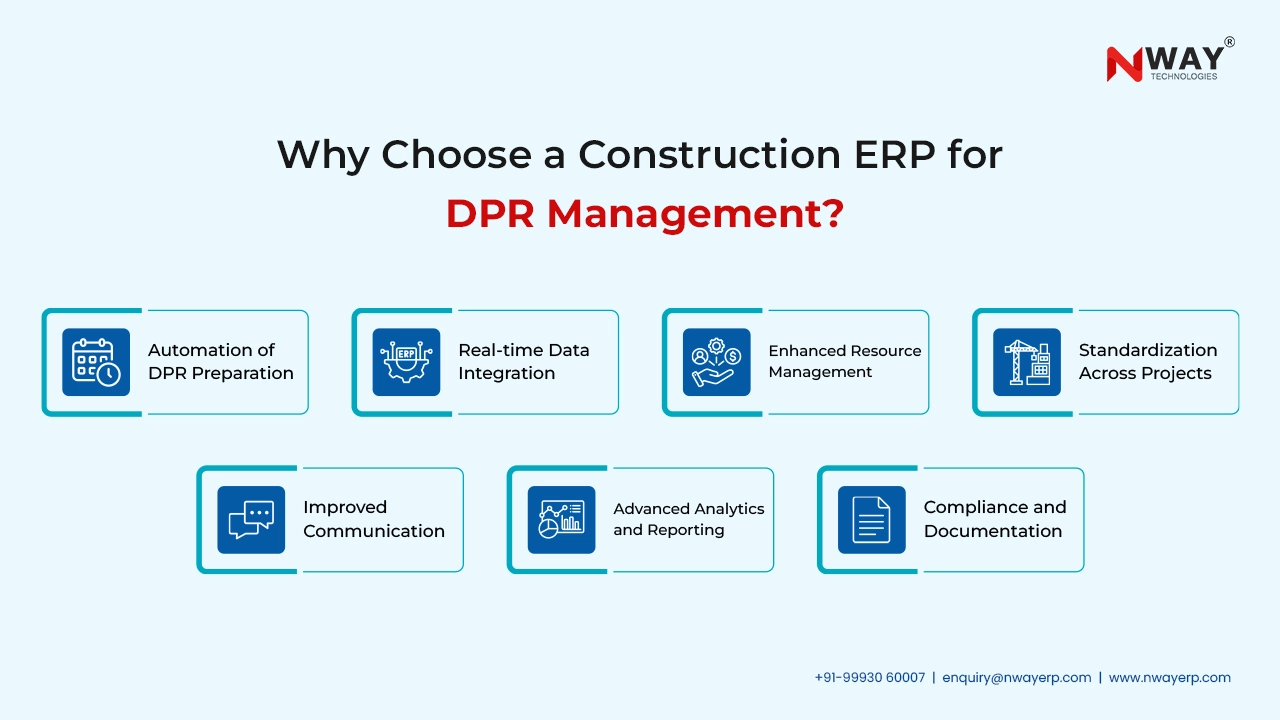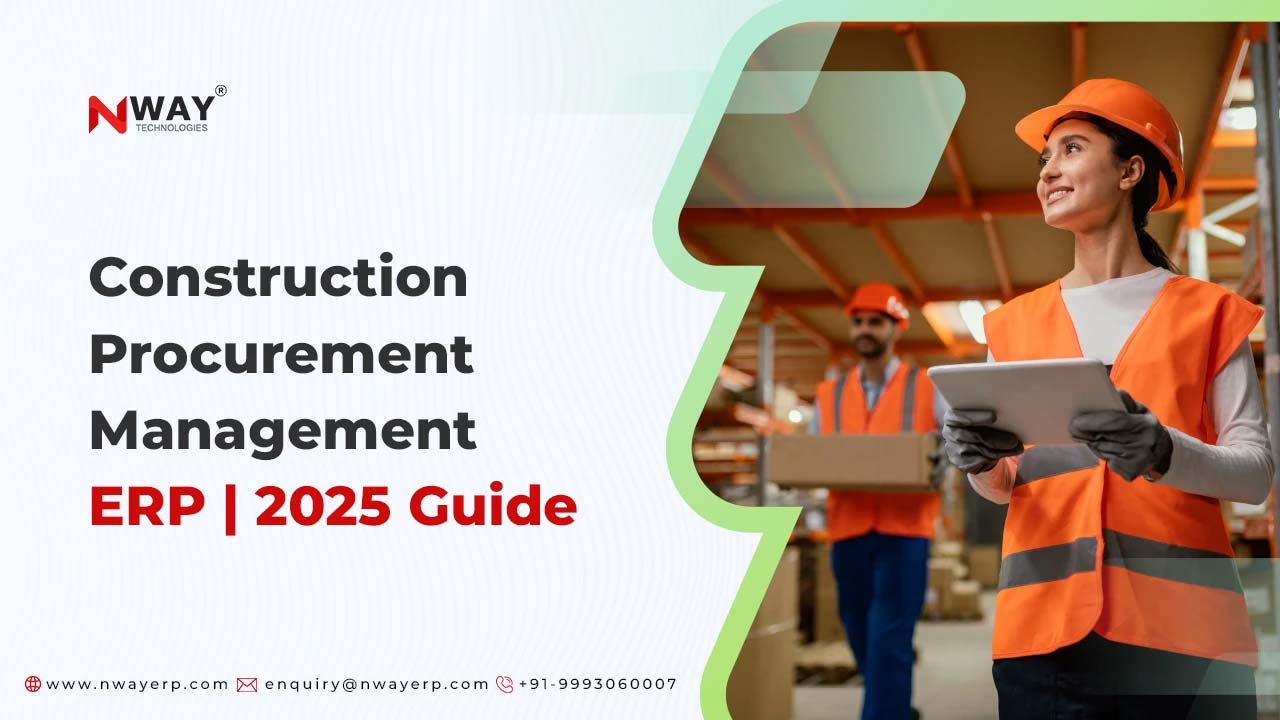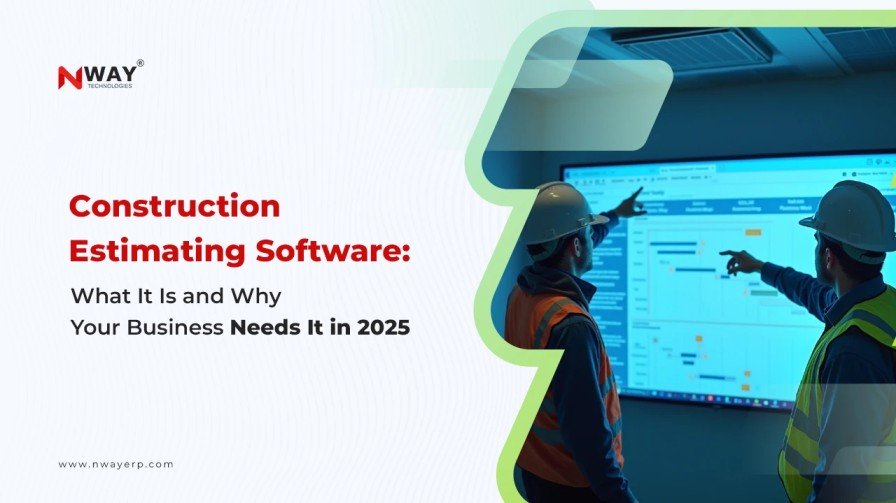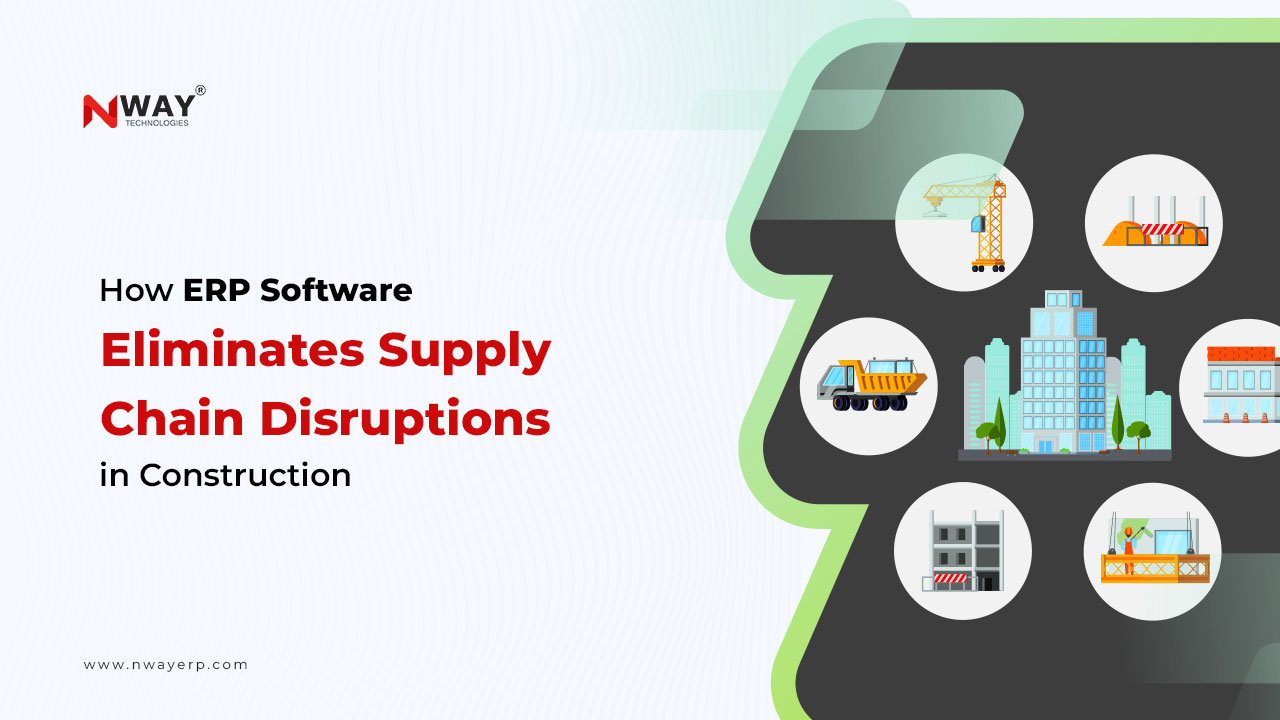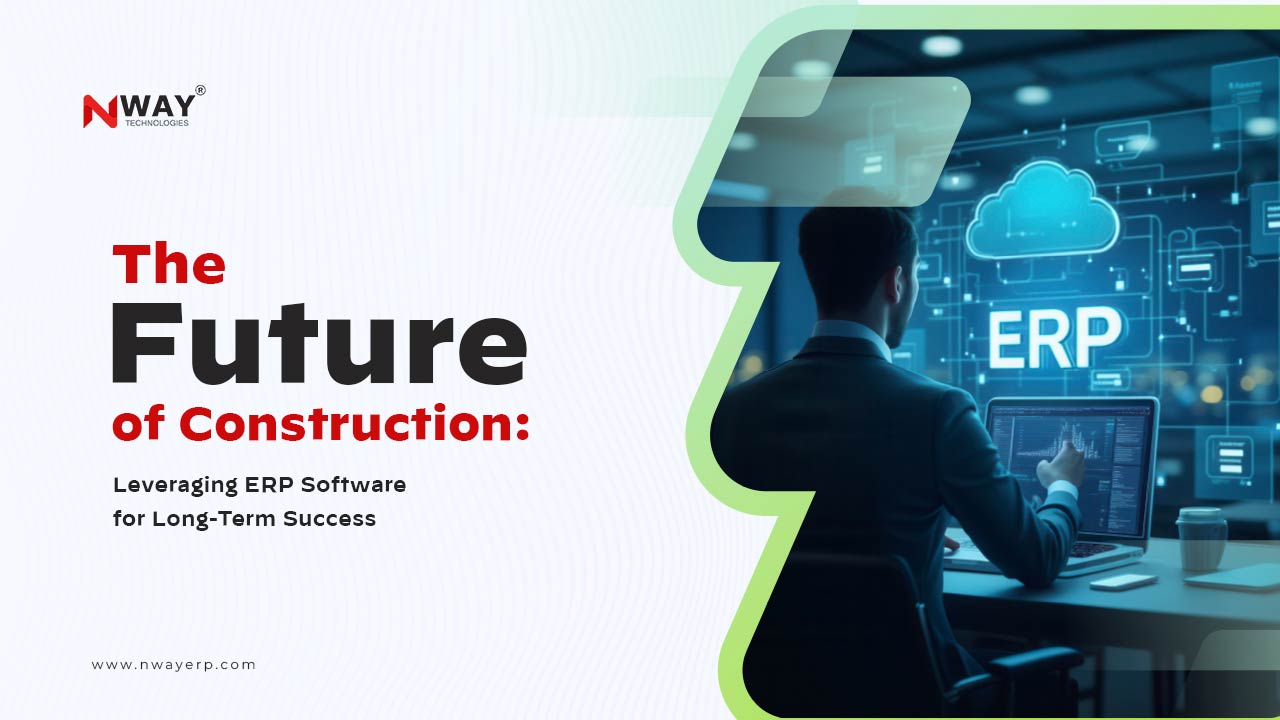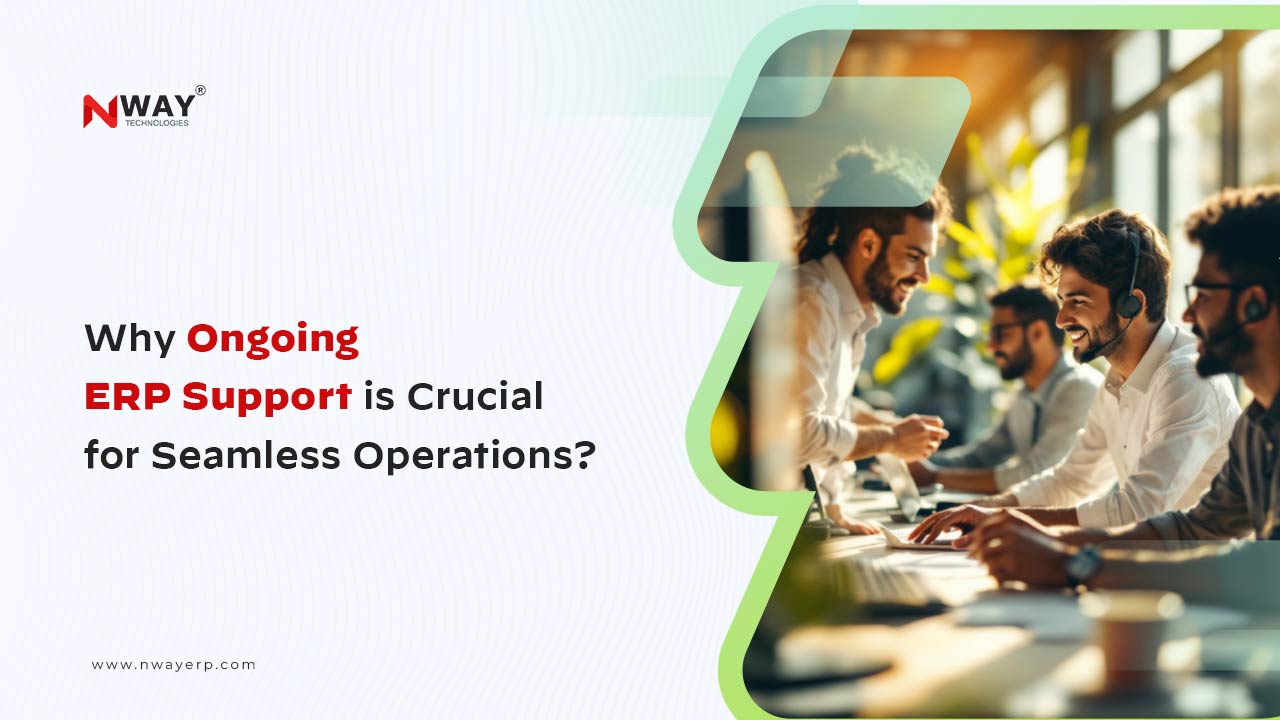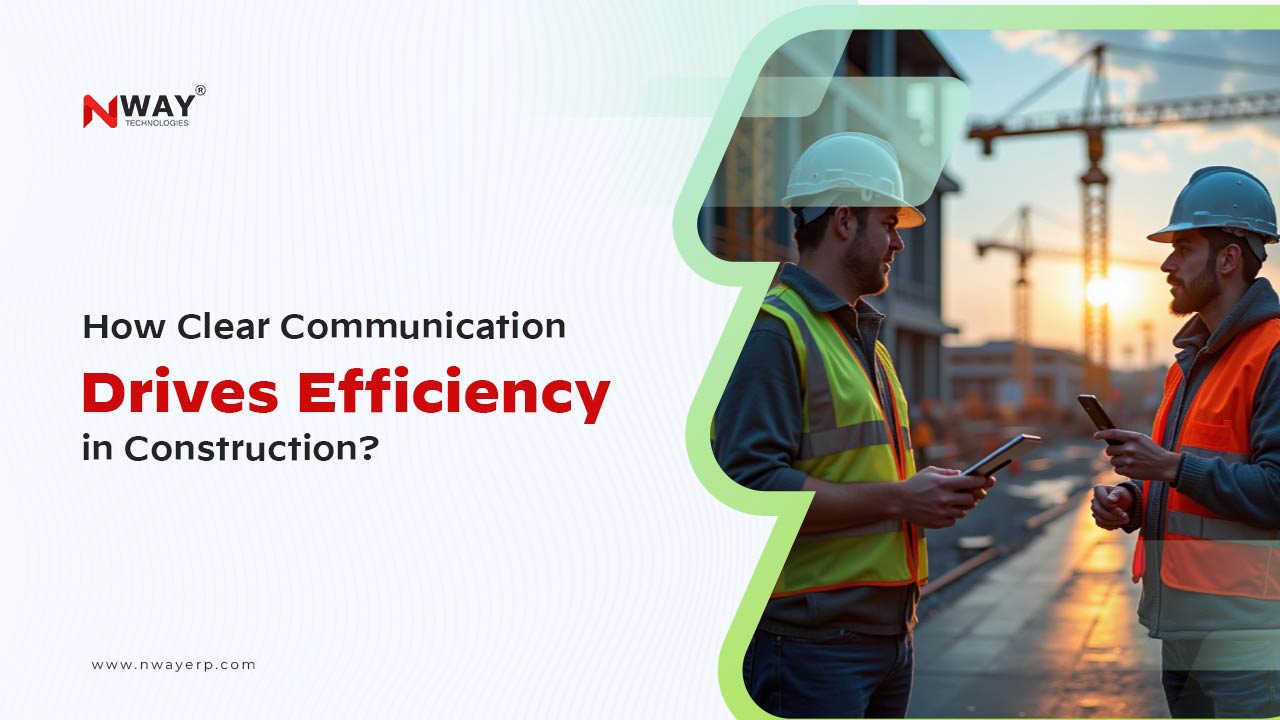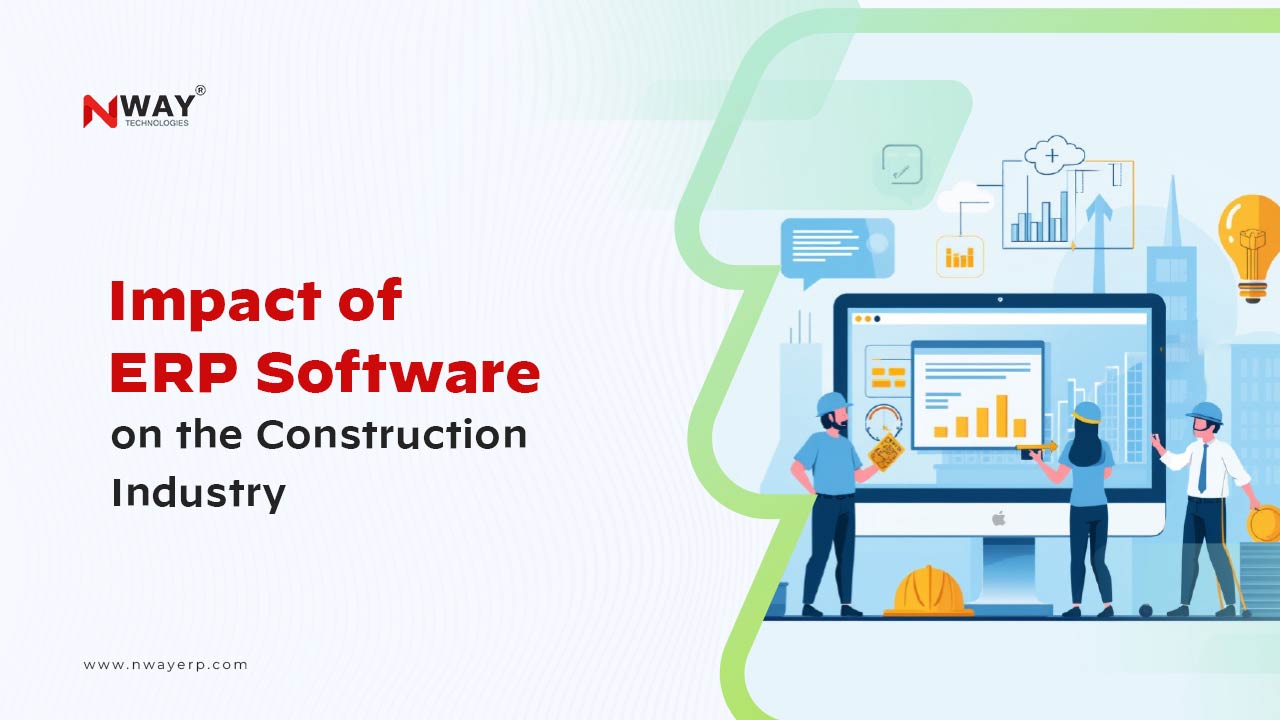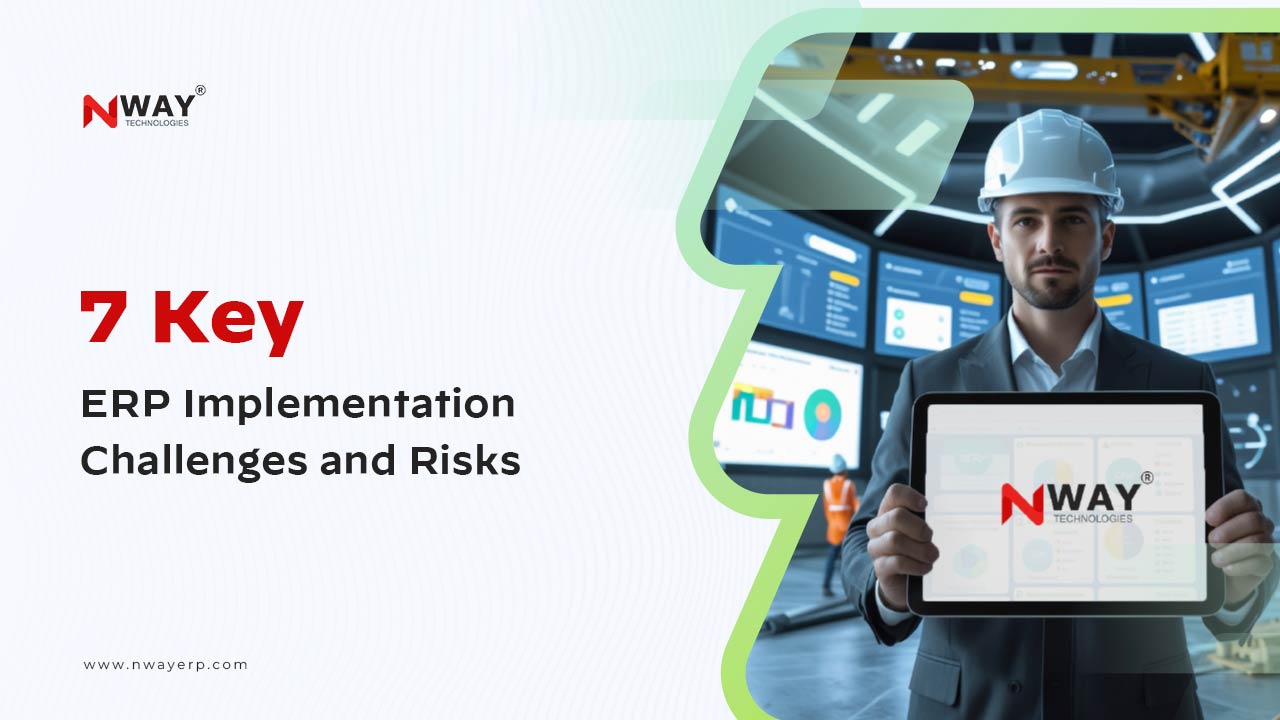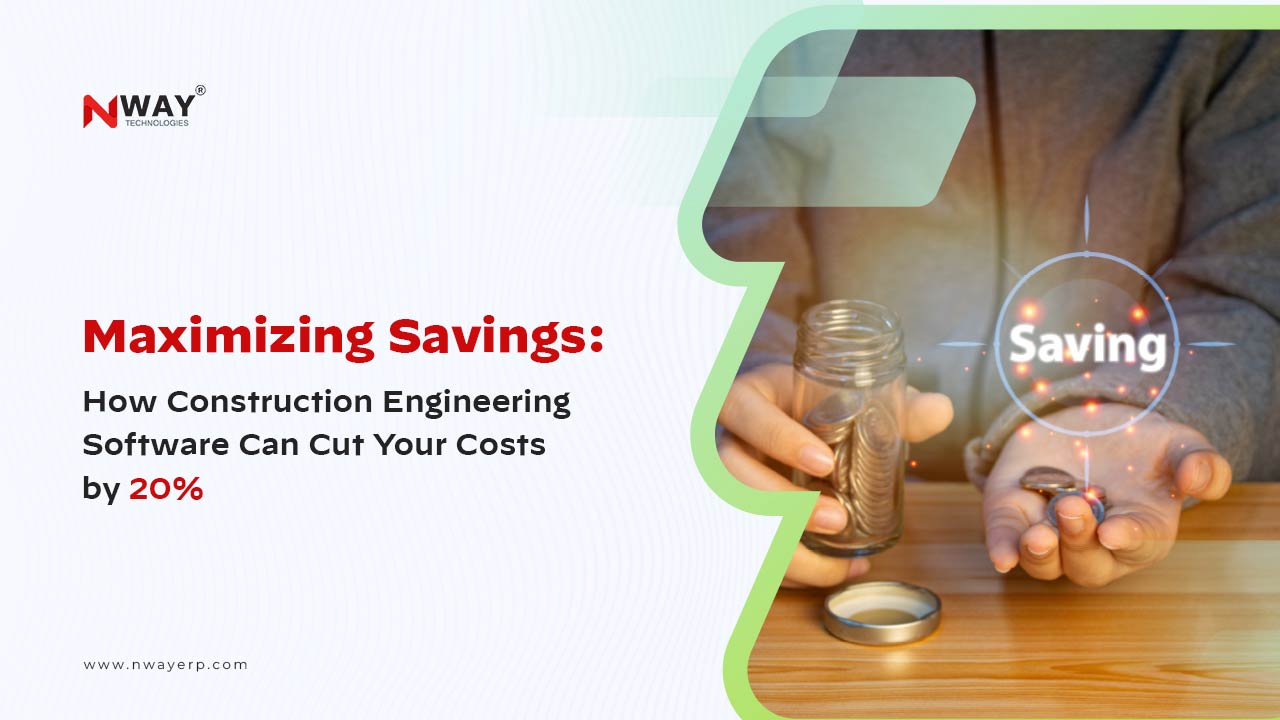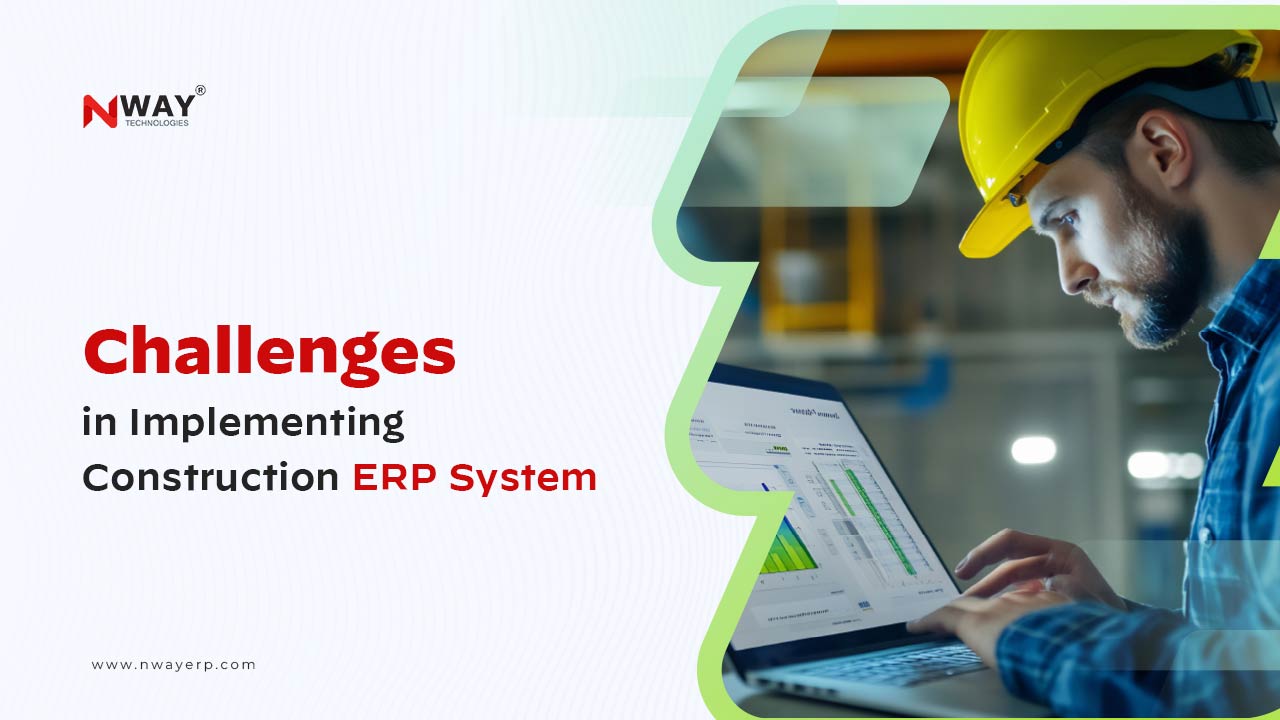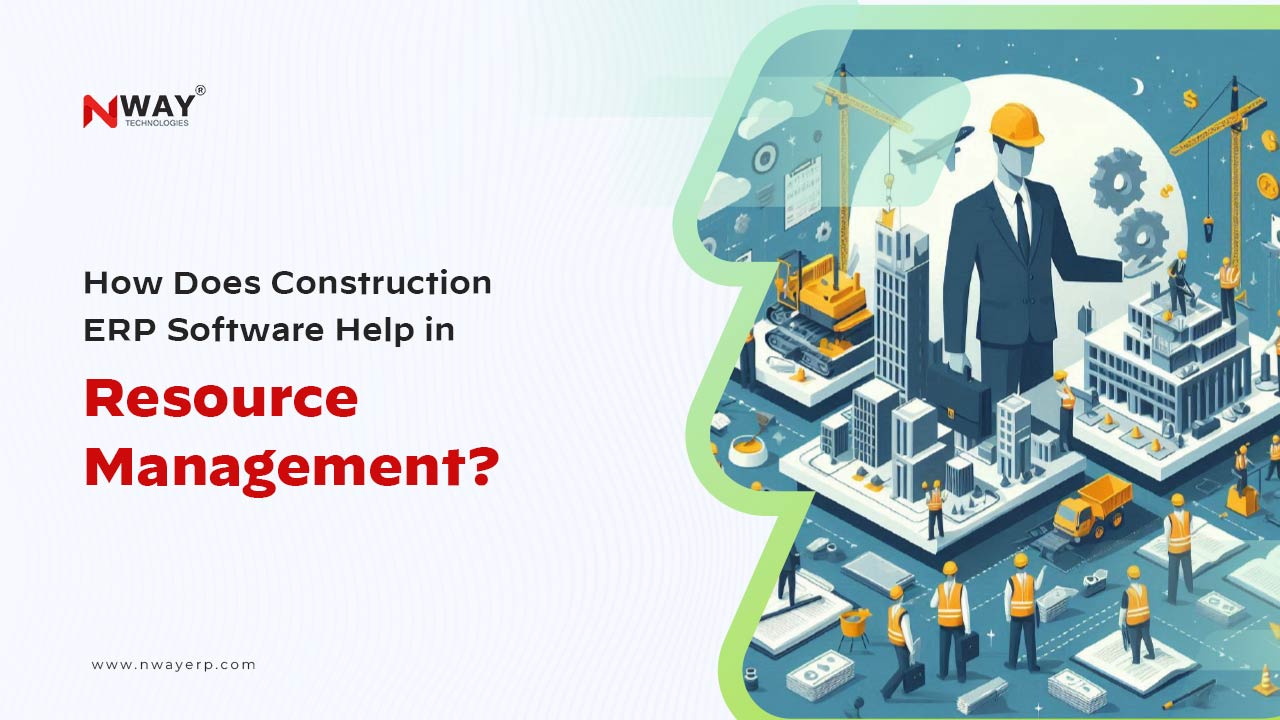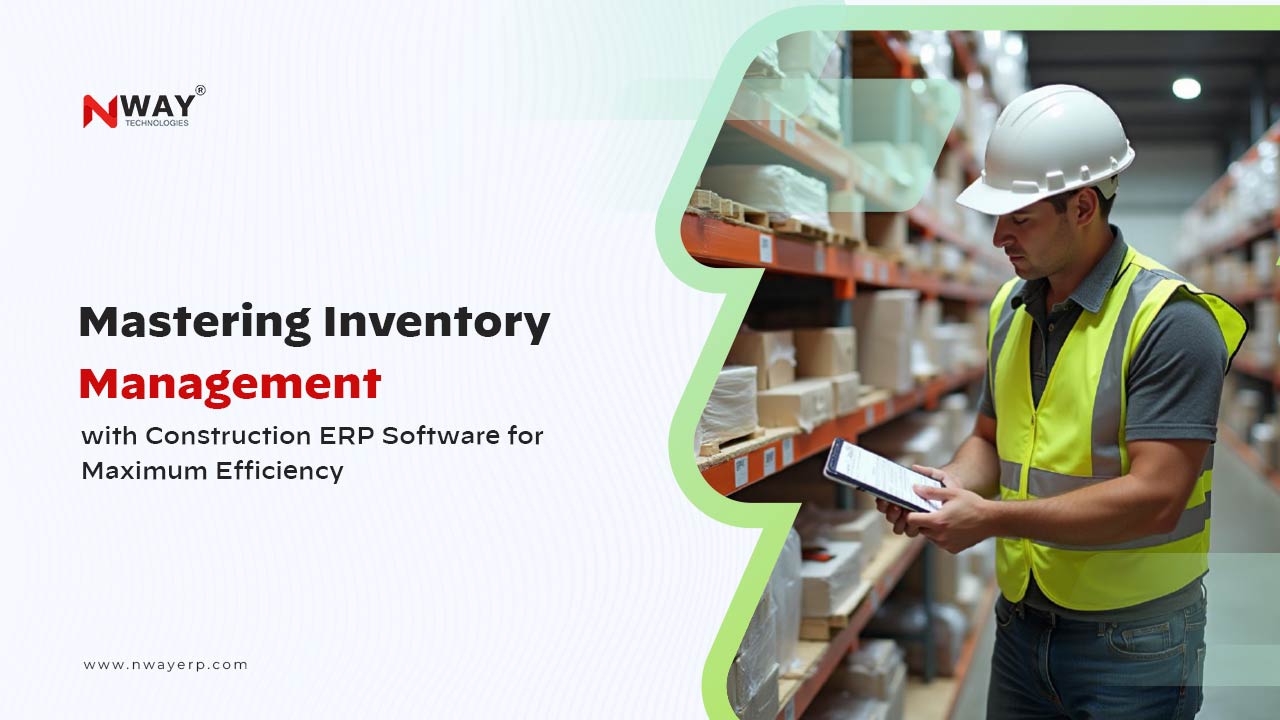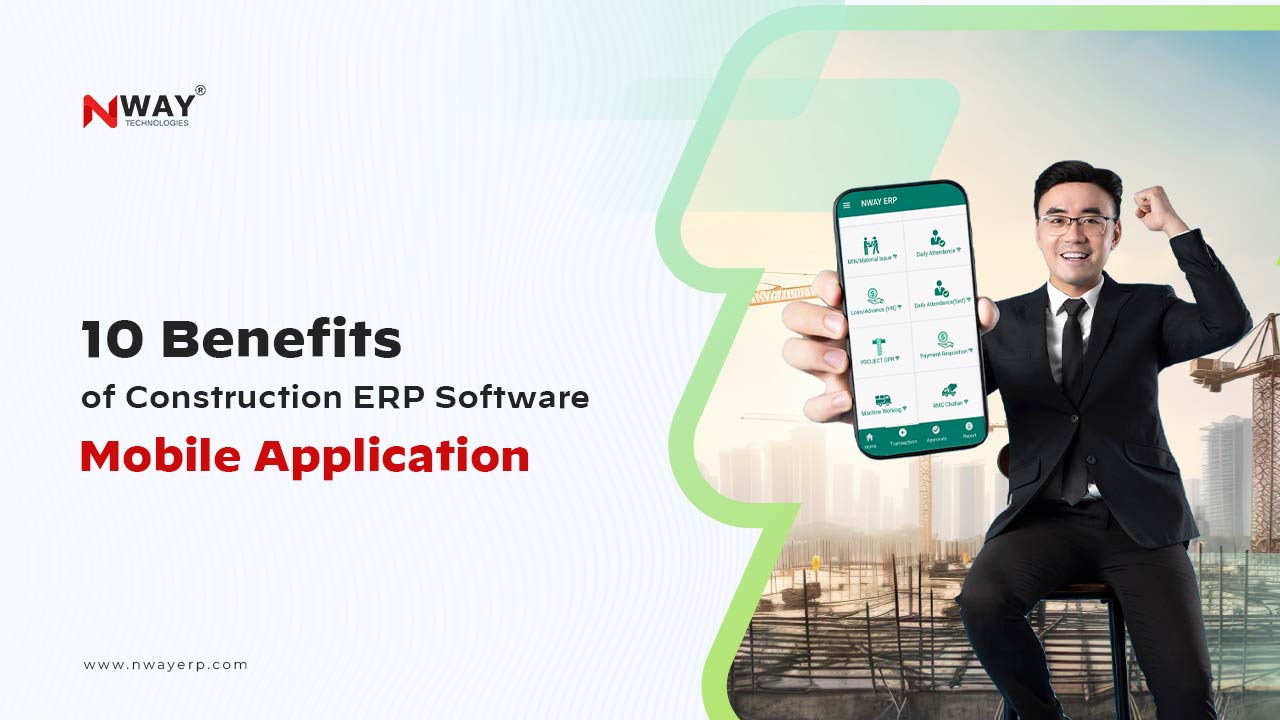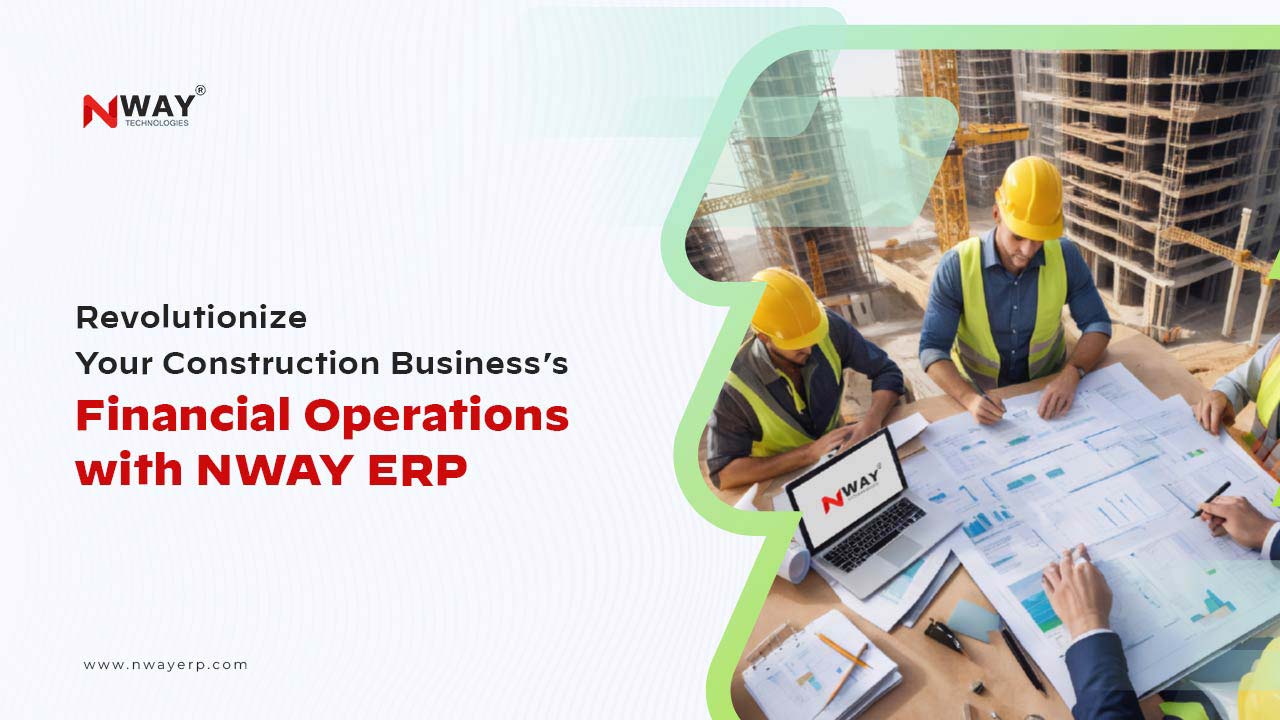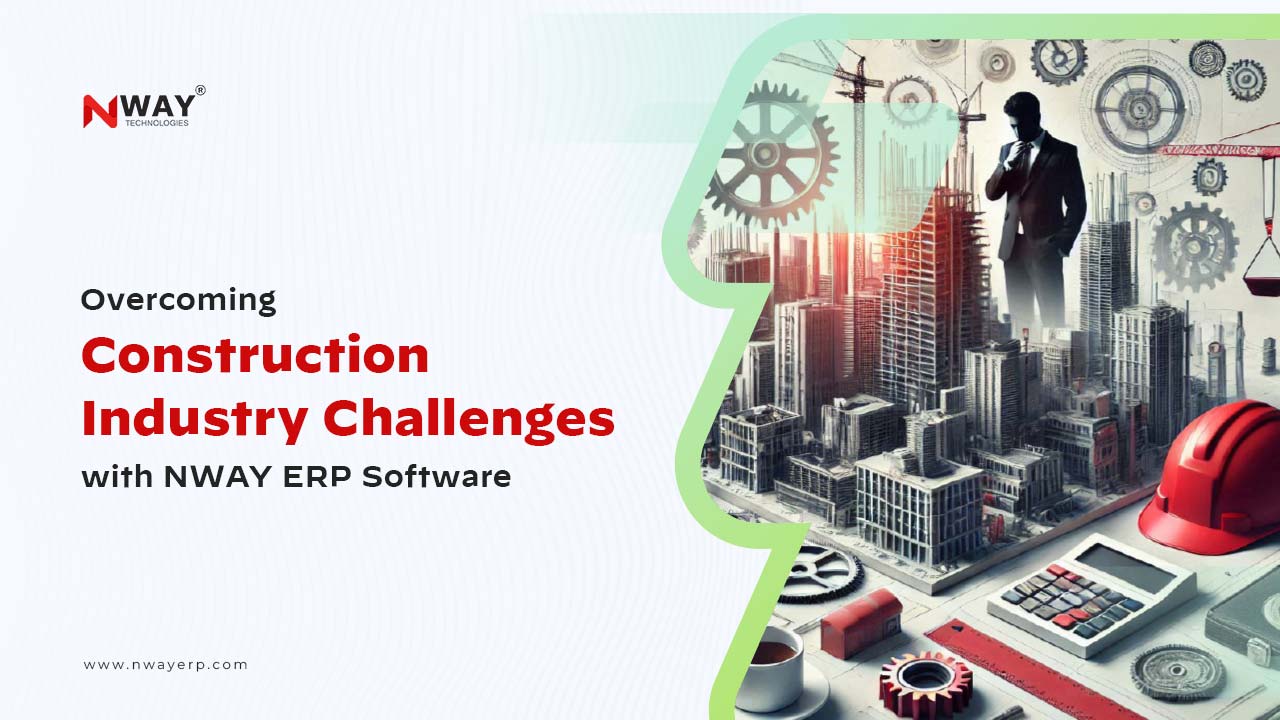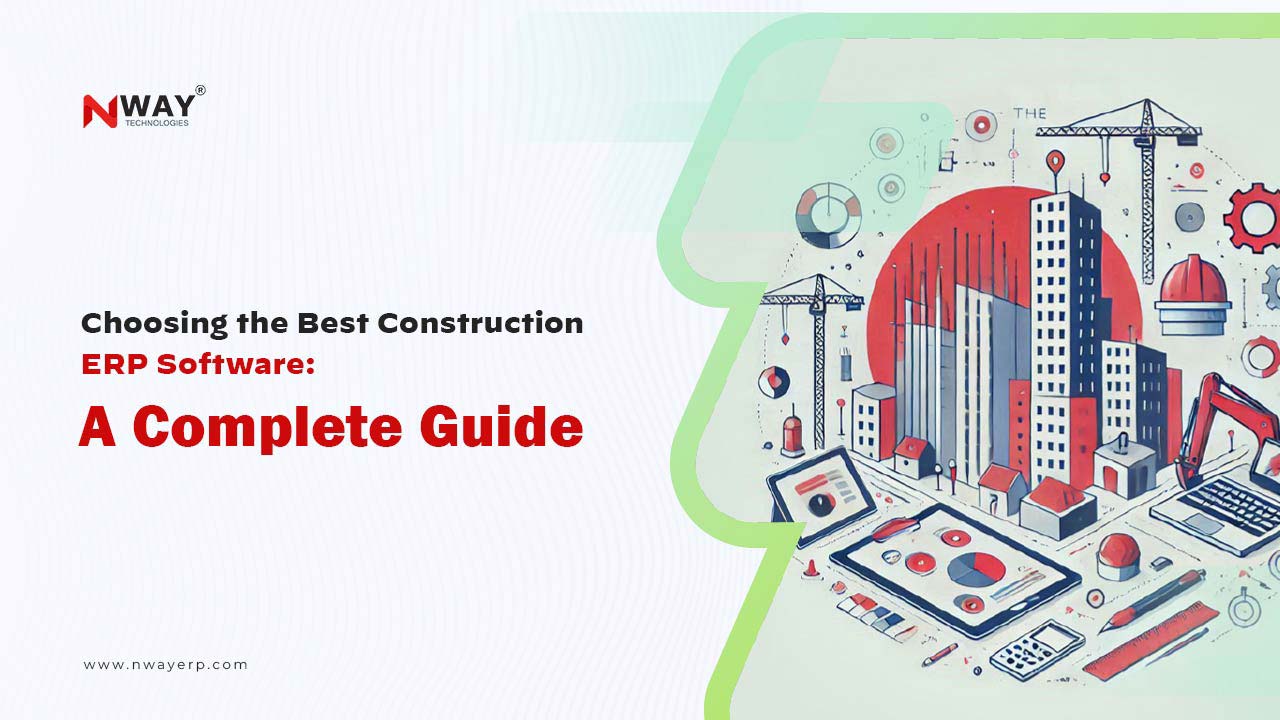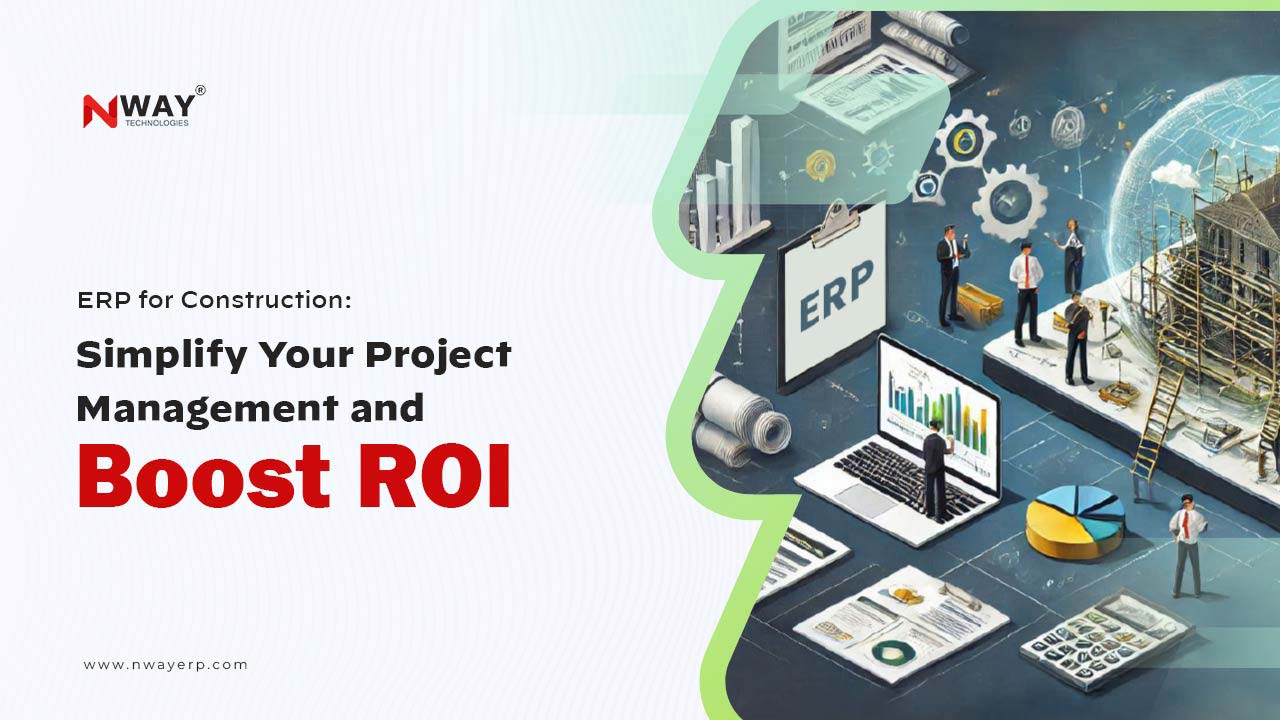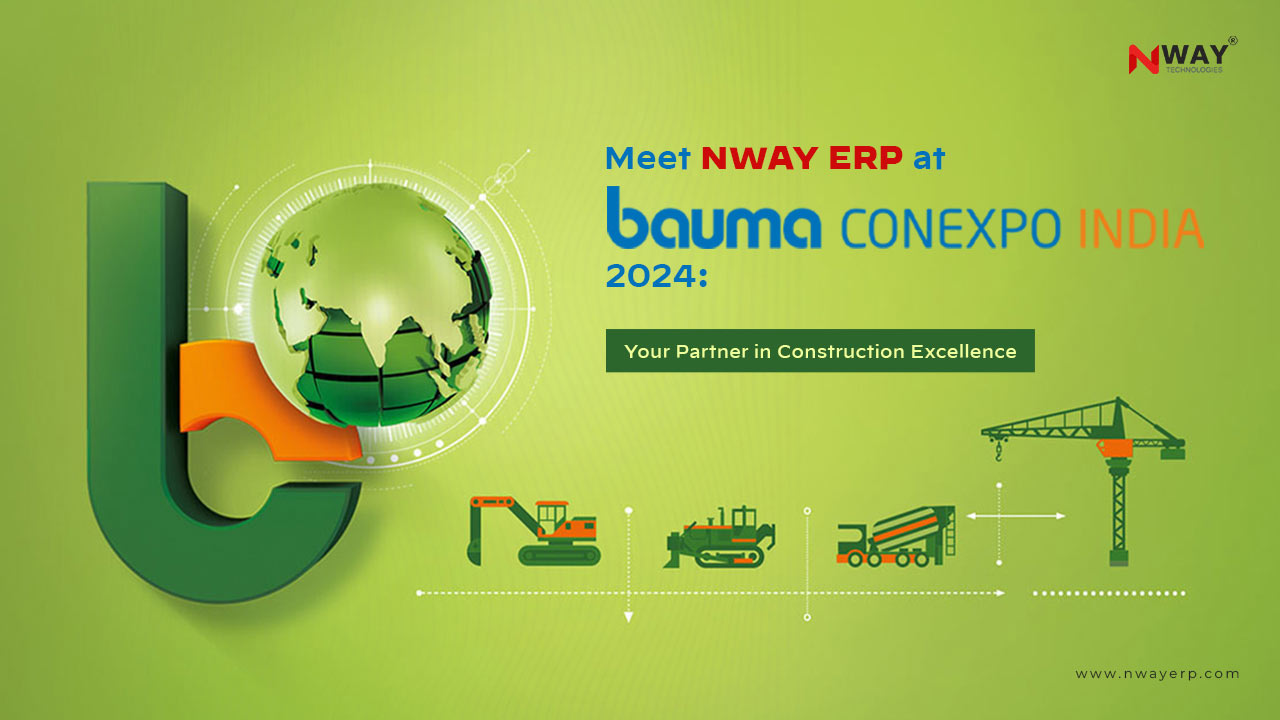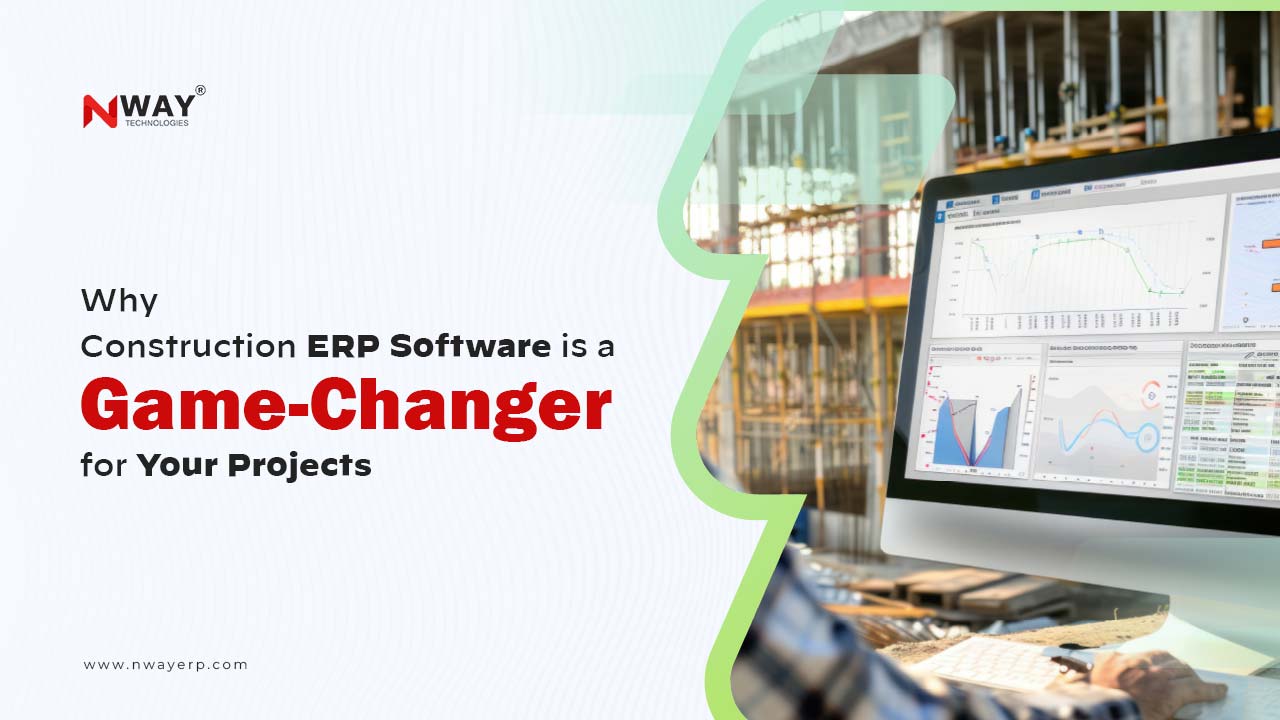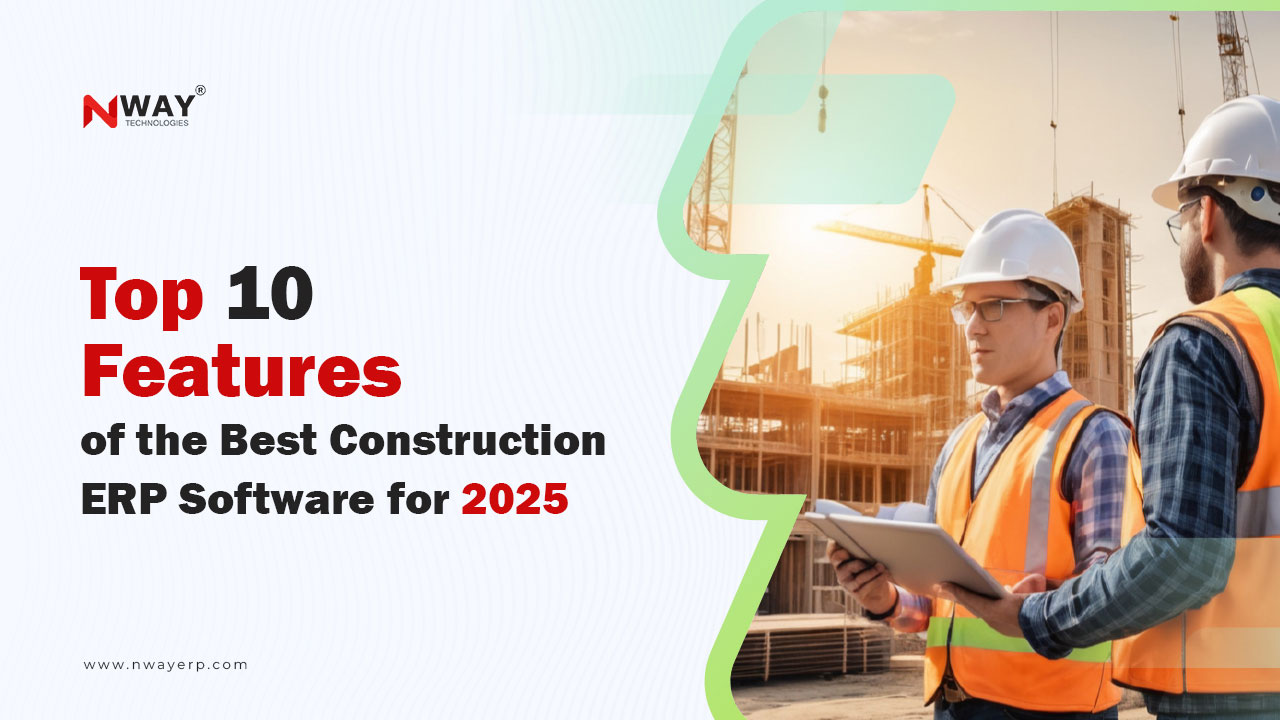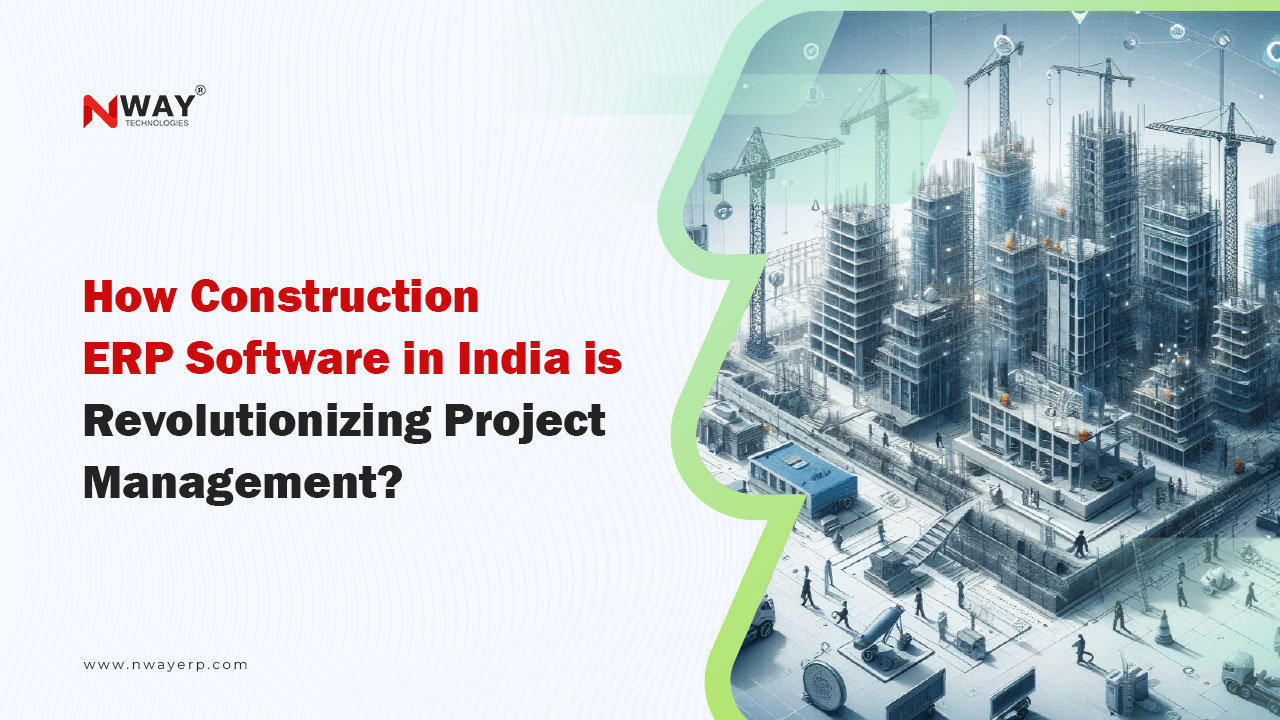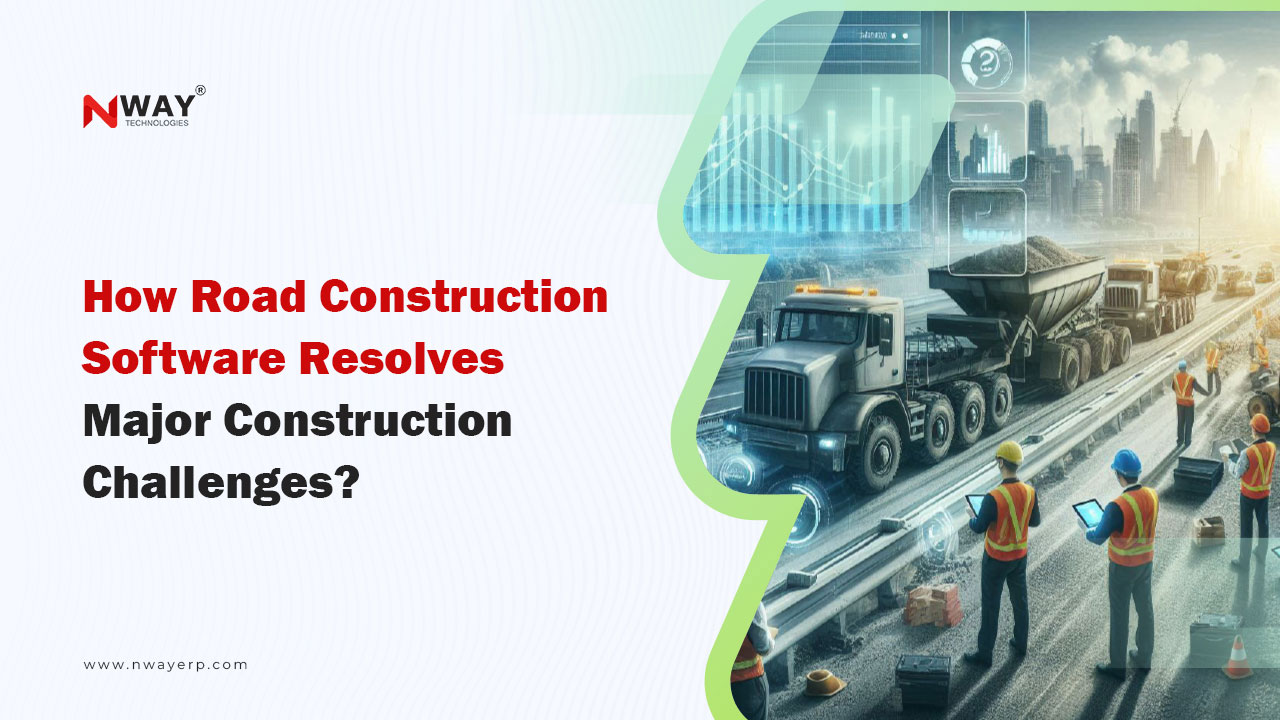The construction industry is vast and involves various operations at every end. A single project includes multiple operations from procurement, finance, labor management, and more to managing projects following the same chain. Tracking every activity employees perform at any project or site becomes difficult. A well-implemented Daily Progress Report (DPR) can solve this problem. It can help keep track of all the activities that are being performed by employees for different operations, projects, and locations.
Understanding and utilizing DPR in construction project management is necessary for modern and growth-seeking construction companies. In this blog, let’s explore the meaning, need, and importance of DPR for the construction industry.
What is a DPR in the Construction Industry?
A Daily Progress Report (DPR) in the construction industry provides a snapshot of the daily activities, progress, and events at a construction project or site. It captures complete information on various aspects of work like labor and equipment used, materials consumed, issues encountered due to weather conditions, delays due to material shortage, or any other reasons.
Basic Components of a DPR:
- Work Progress
It includes the details of the task assigned.
- Material Usage
It records the materials delivered and used at a site or location.
- Labor and Equipment Utilization
It tracks the number of workers, their roles and responsibilities, and the machinery used for a task.
- Weather Conditions
Registers the weather conditions due to which construction activities have been impacted.
- Issues and Delays
Mark any issues, delays, or safety incidents that occur at any location or site.
- Add Attachment
Add evidence to support your concern with documents and images.
In general, the DPR is prepared by the site engineer or supervisor and is circulated among senior management, project managers, clients, and stakeholders. It maintains transparency and accountability along with facilitating smooth communication across the project.
Importance of a DPR in Construction
The DPR is vital for Construction Project Management. It facilitates various benefits that can help in project tracking and reporting.
Monitoring Progress
This is the primary function of a DPR is to track the progress of construction activities and individual tasks performed by employees. It documents the work completed each hour, day, and even month allowing project managers to check and compare the progress with the timeline. It helps identify deviations and find the real cause of delay.
Resource Management
A DPR provides detailed information on labor, equipment occupied, and materials used. This helps the project manager optimize resource allocation by identifying underutilization and overutilization of resources, leading to solutions to problems like cost overruns and project delays.
Risk Management
Construction projects involve various risks, including delays, accidents, and unforeseen challenges. Using the DPR, the senior management can identify the risks of documenting issues as they arise. This helps in taking corrective actions before minor escalation into major problems.
Accountability and Transparency
The DPR serves as a record of the day-to-day activities on the construction site. It helps all the stakeholders like contractors, clients, and regulatory bodies, to be informed about the project’s status. This transparency fosters accountability among the stakeholders related to particular projects.
Legal Documentation
In disputes, claims, or litigation, the DPR can serve as an important legal document. It also provides an accurate and chronological record of the project’s progress and supporting claims.
Financial Management
By tracking material consumption, labor costs, and equipment usage, the DPR contributes to effective financial management. It also helps keep track of expenses and ensures that the project stays within budget.
Challenges in DPR Preparation at Construction Projects
DPR is one of the most essential tools in the construction industry, but there are various challenges that construction companies face while preparing a DPR. Some of them are:
Time-Consuming
Most DPR systems are lengthy and include multiple processes that consume time for site engineers, contractors, project managers, and more.
Resistance to Documentation
There are various personnel who consider DPR as an additional administrative burden and resist preparing it diligently.
Overload of Information
A DPR that tries to capture too much information can become overwhelming and difficult to digest. It’s necessary to balance between detail and brevity.
How Does a Construction ERP Help in DPR Management?
Construction projects involve large-scale operations with multiple stakeholders, extensive resources, and complicated timelines. Managing these complexities manually becomes overwhelming and prone to errors. Construction ERP software can help centralize a platform that streamlines the entire process, including DPR management.
Automation of DPR Preparation
Construction ERP software provides an easier format that automates DPRs by pulling data directly from the project activities, resource usage, and timelines. This ensures accuracy and consistency in the reports.
Real-Time Data Integration
One of the most significant advantages of a construction ERP is its ability to integrate real-time data from various sources. It is possible because activities are completed on-site, the ERP system can immediately update the DPR with accurate information, minimizing the risk of discrepancies or outdated data.
Enhanced Resource Management
Construction ERP provides detailed insights into resource utilization. Integrating this data into the DPR helps senior management to get a clear view of how resources like labor, equipment, and materials are being utilized.
Standardization Across Projects
An ERP system standardizes the DPR format across all projects, managing that every site follows the same reporting structure. This also helps create multi-site projects, where reporting standards need to be at par to avoid any confusion and miscommunication.
Improved Communication & Collaboration
A robust ERP Construction Software Solution provides centralized access to the DPRs that can be visible to all the stakeholders. This fosters better communication and collaboration keeping everyone in a loop of the project’s progress.
Advanced Analytics and Reporting
There are various things that a construction company is involved in, from data insights to project performance. This includes identifying trends, predicting potential delays, and offering recommendations for optimizing resources. These analytics when integrated with the DPR can provide a comprehensive overview of the project’s status.
Compliance and Documentation
Compliance with industry best practices is critical in construction. A good construction ERP makes sure that the DPRs are documented keeping the regulatory requirements in mind. It also helps in providing a reliable record that can be used for audits or legal purposes.
Conclusion
The Daily Progress Report (DPR) can be an indispensable tool for construction project management. However, it is the right time for construction companies to opt for an ERP system that can provide a robust interface and processes to registered DPR, eliminating the traditional and time-consuming methods.
Construction companies can also check NWAY ERP, which is India’s leading ERP software for construction companies. It helps companies enhance the accuracy, consistency, and timeliness of their DPR along with centralizing all other operations of the construction industry. If you are a road, highway, bridge, infrastructure, stone crusher, RMC plant, or real estate construction company, NWAY can be considered the best choice for your organization.
So, how are you maintaining DPRs in your organization? If it’s the same traditional method, it’s high time to pick a good tech hand, and if you have opted for good technological support, still you can compare its functionalities with NWAY ERP. Request a Demo now to discuss this in detail with one of our experts.
